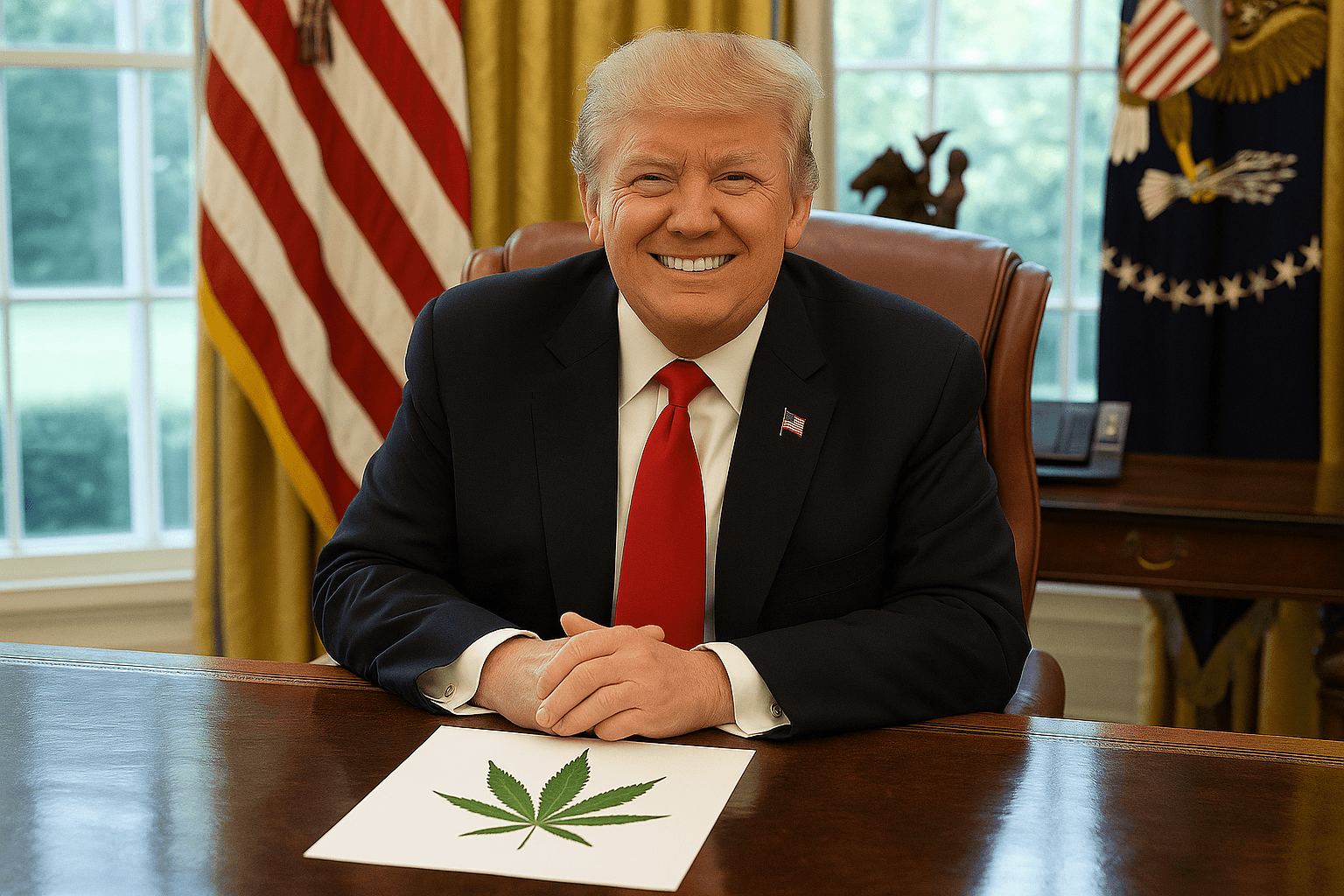Little Known Facts About the History of the State of the Union

" and recommend to their consideration such measures as he shall judge necessary and expedient."
But, what was their intent?
We must remember, while the Framers were working to define the role of government in their new nation, they had serious concerns over the concentration and abuse of power from which they had just spent eighteen years removing themselves. We must also understand the meaning of one small, but very important word contained within the Constitution - "shall."
To correctly use "shall," confine it to the meaning, "has a duty to," and use it to impose a duty on a capable actor.
We can see, therefore, that Article II, Section 3 spells out the duties of the Executive Branch to inform the Legislative Branch and the public in general -- what the government is up to, so to speak.
“The clause directing the President to report to the Congress on the state of the union imposes a duty rather than confers a power” - Congress.gov
The intent, therefore, is very clear; the Founders wanted the Executive Branch 1) to be held responsible to the nation for its activities, and 2) to keep it abreast of its intentions for the coming year.
On January 8, 1790, George Washington presented theFirst Annual Message to Congress on the state of the Union, setting the precedent for future messages in frequency and tone -- the same manner in which they are presented, for the most part, still today. He also established the timing of the address to coincide with the new congressional sessions.
As the country grew, so did the addresses.
A few interesting facts: Oral addresses became lengthier with time; George Washington’s first was a wonderfully short, concise 1,089 words. Later presidents, such as Bill Clinton, reached as high as 9,190.
Thomas Jefferson’s longest written message contained only 3,224 words, but just as the orations grew, written addresses all began increasing with each presidency as well, many exceeding 10,000 words. The final written address by President Jimmy Carter remains the king of all addresses at a whopping 33,667 words.
Ever wonder what a 33,667 word “essay” looks like? Sheer torture! Did he have a lot to say, or was he providing a Congress, who, from both sides of the aisle, hampered every move he attempted a measure of retribution?
Presidents Washington and Adams both addressed Congress in oration. However, Thomas Jefferson, being the conscientious objector to the appearance of all things English, began presenting his in writing to avoid the appearance of being too much like the English Monarchy lecturing Parliament. It wasn't until 108 years later when President Woodrow Wilson changed the delivery mechanism and began delivering it in oration once again.
While the address has continued to be presented in both writing and oration, the custom of oration before Congress has been consistent since the mid 20th century, but with the adoption of a new custom in which the final message from an outgoing president is presented in written form. These are no strictly defined parameters, and the method of delivery has changed at the discretion of the president.Although not a constitutional provision, an address by the "opposition" in response to President Lyndon B. Johnson's 1966 State of the Union address was offered by U.S. Senator Everett Dirksen and U.S. Representative Gerald Ford. This began a new tradition which has continued with regularity over the past 48 years.
In circumstances that surely created an extremely contentious environment, the accomplishments of the Founding Fathers required tremendous effort while mastering the all but lost art of compromise to achieve a common goal. The Constitution of the United States and the U.S. government were adopted with nothing, but a collection of theories and philosophies to guide them.
And, they designed both which somehow encompasses such minute details as the presidential message to Congress, yet simultaneously overcomes the enormous challenge to effectively guide a nation some 230 years later.The leadership skills they surely possessed to bring people who were so vastly different from one another to a consensus would have been breathtaking to witness. It makes one feel a bit perturbed that our current governing body can’t find a way to simply administer what has been given them on a silver platter.
For some extraordinarily fascinating reading on the history of the State of the Union address, I highly recommend the University of California Santa Barbara's "American Presidency Project," where one can read virtually all the presidential addresses to Congress and much more on the subject of U.S. presidents.



